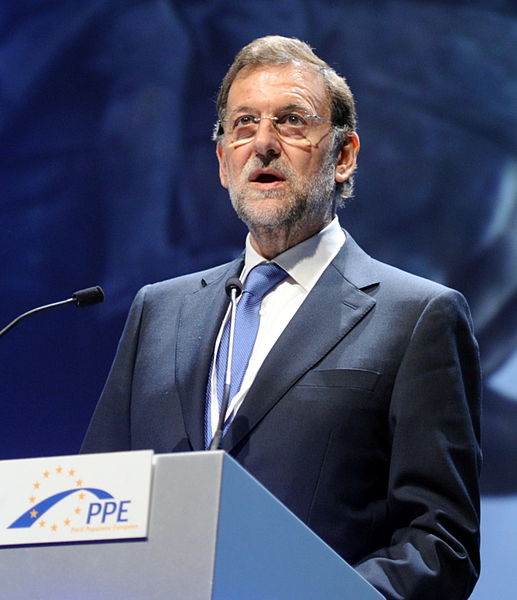What did not succeed in Germany proved successful in Austria. For the first time a pure euro-skeptic party, founded by a billionaire, Frank Stronach, will enter into the Austrian parliament, with 5.8 percent of total votes. It seems that euro-skepticism is one of the new political movements connected with the outcomes of joining the European project. This is nothing new for EU leaders, as during old socialist times the most important academics, policy-makers and politicians gathered in Brussels to discuss the future of the EU. Actually, there were more pessimists than optimists. The pessimism was connected with economic stagnation, high unemployment among the young, and the so-called lost decade. But we could see the same solutions and suggestions as in the last decade. Our main problem is not about political will and the ability of our political leaders to explain what they are trying to do, but about too much regulation, indebtedness, high taxes and elimination of market forces.

Plik Mariano Rajoy (diciembre de 2011).jpg znajduje się w Wikimedia Commons – repozytorium wolnych zasobów.
The ECB has announced its monetary decision this week but, as expected, nothing has happened. All basic rates remained at the same levels. The only surprise could have come with an announcement of a third round of LTRO, but Mario Draghi did not mention anything like this. We also had quite a lot of frustration about the political activities in Rome, but Silvio´s party finally supported the present government and we could feel one big breath from Brussels and ECB. Otherwise, we would have finally seen what the OMT mechanism from the EBC really means. For now, everything stays calm.
During the summer period, France reported some economic growth. After that, some new surprising information has appeared. It seems that the aim of the French president François Hollande to reverse the unemployment trend might come true. In August, the unemployment rate went down by 1.5%. It was the first time in 27 months that the rate of the unemployment has declined. 277,500 job-seekers were deleted from the list of Pôle emploi (the French Job center). The French minister of Labor, Michel Sapin, considers the celebrations to be too early. Finally, he added that these were the first positive figures and that the policy conducted by the government was the right one. However, this enthusiasm did not last for a long time. On Monday, Pôle emploi announced that the result was influenced by a bug. The French telephone company SFR, which is responsible for sending messages to people registered at the Pôle emploi, has sent messages, but these people have not received them yet. Thus, their situation has not been updated. It means that the unemployment rate has really gone down, but only by 0.7 or 0.9% not by an astonishing 1.5%.
First, Spain forecasted its debt to be almost 100% of GDP, precisely 99.8%. Four days later, the Economy Ministry issued a correction to 98.9%. As the spokesman of the Ministry said, it was caused by a person who just switched the last digits. Anyway, this figure is not important because we have to look at the trend. The trend is set up very clearly: more and more debt. Spain had its public debt at the level of 68.5% of GDP in 2011, and then at 85.9% in 2012, and now Prime Minister Mariano Rajoy believes that this year Spain will end with the debt of 94.2% of GDP. Spain is definitely a big problem for the EU.
The Bank of Japan has not changed its policy at all. The Policy Board of the Bank of Japan decided, by a unanimous vote, to proceed to increase monetary base at an annual pace of about 60-70 trillion yen. The purchases will consist of Japanese government bonds, exchange-traded funds (ETFs) and Japan’s real estate investment trusts.
The US has been on everybody’s radar this week. The debt ceiling issue and the so-called shut down of the federal government have been influencing markets all week. Frankly speaking, there is nobody who really thinks that the ceiling will not rise. It has to. Otherwise, there will be a real chaos. Everybody is talking about it. Failure to raise the U.S. debt ceiling could damage not only the United States, but also the rest of the global economy according to the International Monetary Fund, and the same opinion is held by nobody else but Mario Draghi. The fact is that this political issue is on the radar of all investors. American banks, for example, are also afraid of the reaction of the public. They allegedly stuffed ATMs with more cash in case of panicked withdrawals. We should provide just two interesting points connected with this state of affairs. First of all, the so-called shut down is only imaginary. Everything works like at any other time. It means that approximately 85% of all government activities are actually being funded during this “government shutdown” and approximately 1,350,000 “essential” federal employees will continue to work during this “government shutdown”. You will receive mail, public schools will stay open, FED will still be printing money, air traffic controllers will continue to monitor traffic at US airports and so on. Everybody knows that it is impossible not to increase debt ceiling and the debt of the US government. Right now the debt is more than 106% of GDP or USD 16 trillion and it will rise. So, the crucial question is where does it end? Frankly speaking, it ends precisely at the time when investors become very cautious to lend money to the US government. Otherwise, we will see only one thing. They will keep on increasing their debt ceiling again and again. So, this is not the last time it is going to happen.


